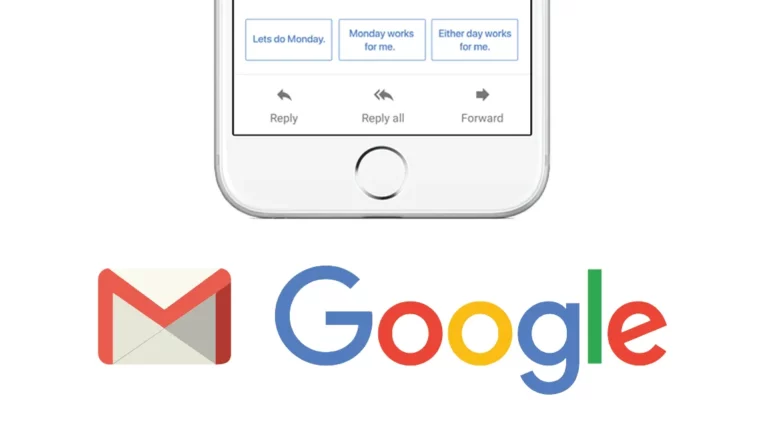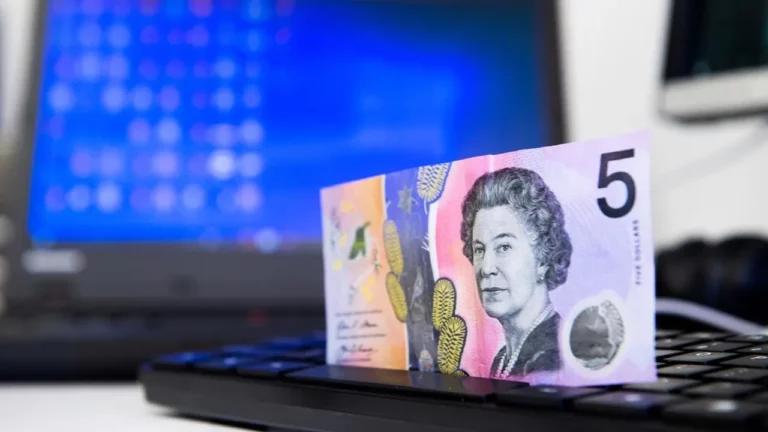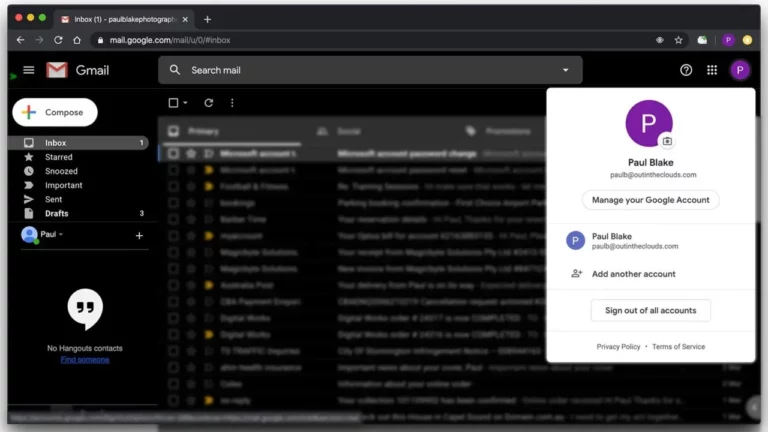The Tech Helping Businesses To Assist Struggling Staff.
With tech tools become increasingly influential in all facets of our lives, we’re starting to see more and more mental health providers adopting technology as part of their solution.
In the medical space, advances in technology have enabled entirely new ways for specialists and patients to connect, varying from simple text messaging to video conferencing to virtual reality.
Many employers have started to embrace the value of the tech available to help assist struggling staff by offering mental health resources, discounted benefit services, and easy-to-access mental health resources.
So, how is technology transforming how we approach mental health in the workplace, and how can you apply these progressions to you and your employees.
Wellbeing initiatives online
One of the most apparent advances and probably the most popular given many people are still working from home is the ability to offer mental health initiatives online – because mental health doesn’t have an off switch, neither should the access to your employee benefits. Virtual health and wellbeing have become the norm thanks to the ongoing global pandemic and have allowed workplaces to continue to offer their people access to online group exercises, corporate wellness programs and social wellbeing activities.
Apps to help people with anxiety & depression
From gratitude apps to mindfulness tools, there are many excellent apps on the market to help give your mental health and wellbeing a boost.
While the concept of using apps isn’t new, as of late, they have become critical tools for people to use when needing to check in with their mental wellbeing. From simple meditation offerings to cognitive therapy to virtual reality scenes to treat all kinds of psychological disorders – apps seem to be the future.
Wearable technology
Very soon, wearable tech apps may be the key to improving the lives of the hundreds of millions of people who live with mental illness. Right now, they track our steps, calorie expenditure, heart rate and sleep -however, moving forward, they will be able to collect enough passive and active data from the wearer to predict their mood and the behaviours that follow.
Fitbit recently released its smartwatch, the Sense; Fitbit is placing a heavier focus on stress and its effects on your body. Using an electrodermal activity (EDA) sensor, the Sense can measure minor changes in your skin (like sweaty palms when you’re starting to feel overwhelmed or nervous) with a feature called EDA Body Scans. So to check your stress levels, all you have to do is place your palm over the watch face and wait as it calculates your metrics. From there, you’ll be prompted to log your emotional state on the Fitbit app to help Sense get a better idea of how you’re feeling mentally as well.
Tele-health
Tele-Health boomed in the last 18 months thanks to the pandemic. With multiple capabilities and updates to technology, they have proven effective for patients with various mental health issues by offering access from any location. Telehealth provides doctors and health professionals with innovative options and strategies to care for and communicate with their patients.
AI Analysis
With the flood of digital advances for mental health, modern artificial intelligence (AI), and machine learning are continually utilised to develop prediction, detection and treatment solutions for mental health care. How does it work? While you might not be aware of what you’re feeling, your behaviour will speak for itself. Whether you’re using an app or a smartwatch – this data can help paint a clearer picture of your mental health and establish a more effective, targeted treatment plan. The Benefits of utilising AI to help solve the mental health crisis are endless – including how it will support mental health experts in doing their jobs, providing 24/7 access for patients, and how cheap it is compared to face-to-face interactions.
Tech to manage time and productivity
One of the most obvious uses of technology to support mental health is how it can help workers be more productive, organised, and effective in managing time and tasks. For example, workplaces embrace internal messaging apps to allow staff to quickly communicate, share content, and create access to information faster, which helps reduce stress and panic – especially when people are working from varied locations.







